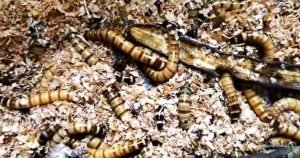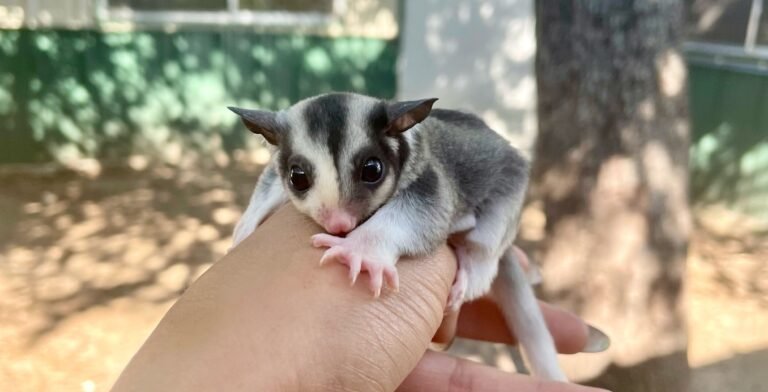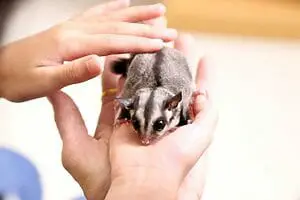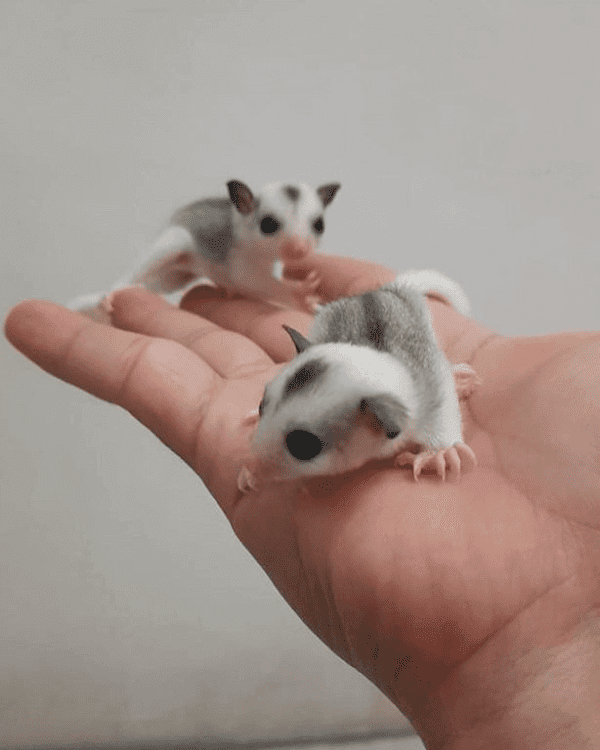Can Superworms Bite
Can Superworms Bite? Let’s Find Out!
Have you ever come across superworms and wondered if they could potentially bite you? Superworms, also known as Zophobas morio, are large, robust insects that are commonly used as feeder insects for reptiles and other pets. As they are a popular choice among pet owners, it’s essential to understand their behavior and whether or not they are capable of biting. So, can superworms bite? Let’s dive into the fascinating world of these insects to find out!
Superworms: The Basics
Before delving into their biting capabilities, let’s cover some basics about superworms. Superworms are not actually worms; they are the larvae of darkling beetles. They have a unique appearance with a tough, shiny exoskeleton and six small, or less prominent, legs towards the front of their body. These beige-colored insects grow to be approximately 2 inches in length, making them larger than mealworms, their close relatives. Superworms can live for months in the larval stage, and eventually pupate, forming pupae that later emerge as darkling beetles.

Superworm Behavior
Superworms are generally docile creatures that prefer to retreat when threatened rather than attack. They are not aggressive and tend to curl up into a defensive position when they feel endangered. This behavior is not a sign of aggression but rather a natural defense mechanism. When handled properly, superworms are unlikely to harm you.
While superworms are not known to bite humans, it’s worth noting that they do possess mouthparts capable of delivering a bite. Their jaws, or mandibles, are relatively strong and can exert pressure when chewing on things like fruits, vegetables, and substrate materials. However, they typically use their jaws for burrowing, eating, and breaking down food rather than as a means of attacking or defending themselves.
Instances of Superworm Biting
While rare, there have been reports of superworms biting humans. These occurrences are usually a result of provocation or mishandling. It’s important to remember that it’s generally not the natural behavior of superworms to bite humans. However, if they feel threatened or believe they are being attacked, they may resort to biting as a defense mechanism.
It’s crucial to handle superworms with care and respect to minimize the risk of getting bitten. Avoid sudden movements, rough handling, or squeezing the insects, as this may cause them to bite in self-defense. Treat them gently and observe proper handling guidelines to ensure their well-being as well as your own safety.
Protecting Yourself from Superworm Bites
If you’re concerned about the possibility of getting bitten by a superworm, there are a few precautions you can take:
1. Use tweezers or tongs: When feeding superworms to your pets or handling them, consider using tweezers or tongs. This provides a safe distance between your hands and the insects, reducing the risk of accidental bites.
2. Wear gloves: If you have a particularly sensitive or cautious nature, wearing gloves while handling superworms is an option. Thin gloves like latex or nitrile gloves can offer an extra layer of protection.
3. Wash hands after handling: As a general practice when handling any animals, including insects, it’s always a good idea to wash your hands thoroughly afterward. This helps prevent the transfer of bacteria or potential contaminants.
By following these simple precautions, you can minimize the chances of getting bitten by a superworm while still enjoying the benefits they provide as feeder insects for your pets.
Frequently Asked Questions
Now that we’ve explored the topic of whether superworms can bite humans, let’s address some commonly asked questions related to superworms:
1. Can superworms hurt my pet reptile?
Superworms are generally safe to feed to pet reptiles, including bearded dragons, leopard geckos, and crested geckos. However, it’s essential to monitor your pet closely during feedings to ensure they are eating properly and not experiencing any digestive issues.
2. Do superworms have any other health risks?
While superworms are safe to feed to most pets, it’s essential to offer a balanced diet to your reptiles and not rely solely on superworms as a food source. A varied diet that includes different feeder insects and appropriate vegetables is crucial for your pet’s overall health.
3. How should I store superworms?
Superworms require specific conditions for optimal storage. Keep them in a well-ventilated container at room temperature (around 70°F to 80°F) and provide them with a substrate like oats, bran, or fresh vegetables for moisture. Avoid refrigerating them as it can cause them to become dormant or even die.
4. Can superworms escape and infest my home?
Superworms are capable of burrowing, which means there is a minimal risk of escape if not housed correctly. To prevent superworms from infesting your home, make sure to store them in a secure container with proper ventilation.
Final Thoughts
While superworms have the physical capability to bite, it is a rare occurrence and typically only happens when they feel threatened or provoked. Handling them with care and respect greatly reduces the chances of getting bitten. By following simple precautions such as using tweezers, wearing gloves, and washing your hands after handling, you can ensure a safe and enjoyable experience with these popular feeder insects. Remember, superworms provide a valuable source of nutrition for your pet reptiles, and responsible handling is key to maintaining their well-being.







